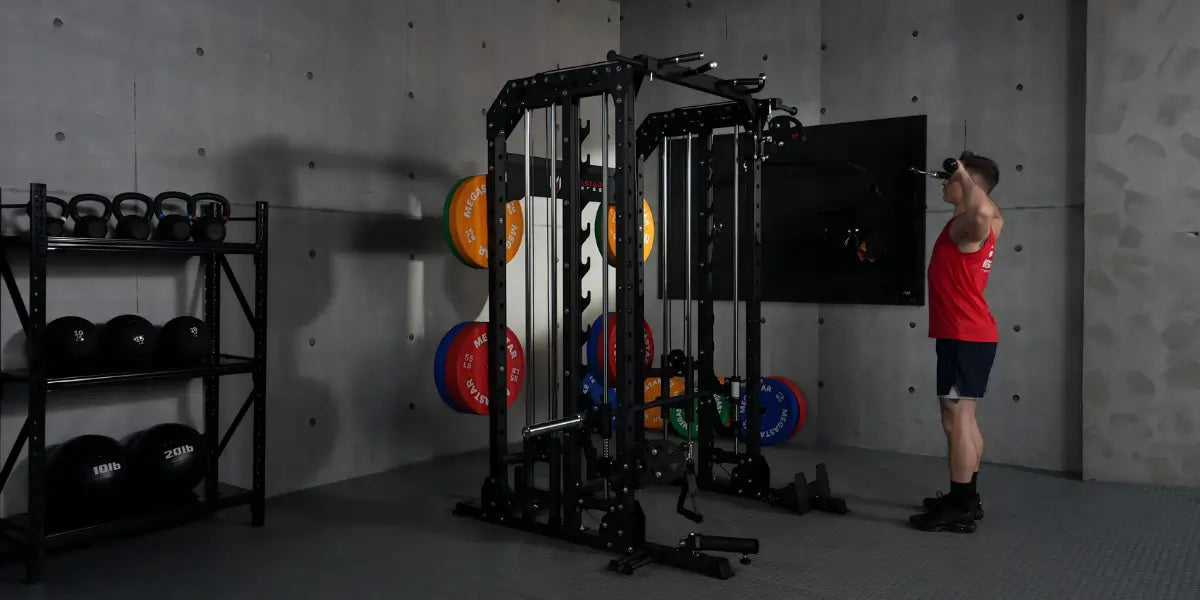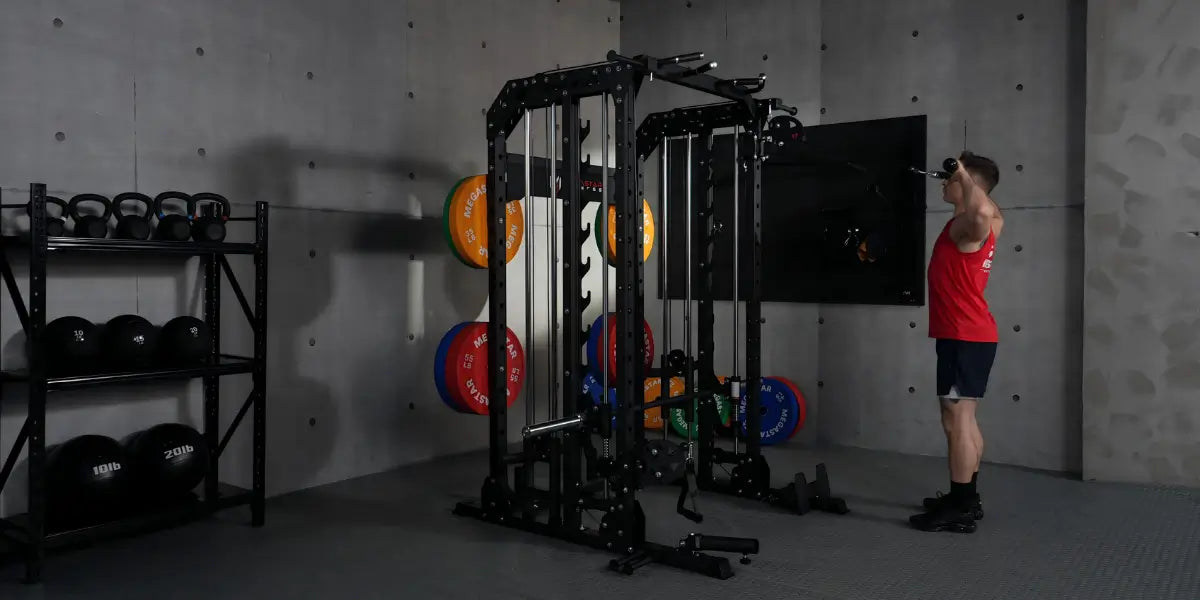If your shoulders look strong from the front but flat from the back, your rear delts might be missing from your routine. The cable rear delt fly is one of the most effective moves to target this often-overlooked muscle, helping you build balanced, rounded shoulders and improve posture.
In this guide, you’ll learn exactly how to do the cable rear delt fly—from setting up the machine and getting your form right to avoiding common mistakes and choosing the right weight. We’ll cover step-by-step instructions, pro tips for maximum results, beginner-friendly modifications, and answers to the most common questions about this exercise.
What Is a Cable Rear Delt Fly and Why It Matter?
Understanding the Rear Delts
The rear deltoids (posterior delts) are often the most overlooked part of the shoulder complex, yet they play a huge role in posture, strength balance, and upper-body aesthetics. You might press, row, and raise all day—but if your rear delts are underdeveloped, your shoulders can still look flat or “collapsed” from behind.
Benefits of the Cable Rear Delt Fly
-
Creates round, balanced shoulders from all angles
-
Improves posture by countering forward shoulder roll
-
Strengthens smaller stabilizing muscles in the upper back
-
Reduces trap dominance during shoulder training
Who Should Do This Exercise
-
Lifters aiming for better shoulder definition
-
Home gym users seeking precise, joint-friendly isolation work
-
People fixing posture issues (rounded shoulders, forward head)
-
Women looking for a graceful shoulder contour without bulk
How to Set Up for the Cable Rear Delt Fly
Choosing the Right Cable Machine Settings
For best results, use a dual-pulley cable system like the Megastar P107 Smith Machine. Its high pulley system gives you smooth resistance and pro-level stability, perfect for isolating the rear delts.
Selecting the Correct Handle or Grip Option
Attach D-handles for a comfortable, secure grip. Handles allow a neutral hand position that feels natural and reduces wrist strain.
Adjusting the Cable Height for Best Results
Set both pulleys to about shoulder or eye level. This keeps the movement path aligned with your rear delts for maximum activation.
Step-By-Step Guide to Performing the Cable Rear Delt Fly
Starting Position
-
Stand centered in the rack.
-
Cross your hands so that your right hand grabs the left cable and your left hand grabs the right cable.
-
Take a step back to create slight tension in the cables.
-
Keep a soft bend in your knees, lean forward slightly, and brace your core.
Executing the Movement
-
With elbows slightly bent, pull your arms out and back in a wide arc.
-
Focus on squeezing your shoulder blades together at the peak.
-
Imagine “opening your wings” rather than just moving your arms.
Returning to Start Position
-
Slowly bring your hands back to the start position without letting the weight stacks slam.
-
Maintain tension in your rear delts throughout.
Breathing Tips for Better Form
-
Exhale as you pull the cables apart.
- Inhale as you return to start.

Common Mistakes to Avoid
Using Too Much Weight
Starting heavy often shifts the work to your arms and traps. Use lighter weights and focus on the mind-muscle connection.
Shrugging the Shoulders
If your traps take over, you’re shrugging. Keep shoulders down and back the entire time.
Rushing Through the Movement
Fast reps reduce muscle engagement. Use a 2-second pull, 1-second hold and 3-second return.
Wobbling the Torso
Engage your core. If needed, try a half-kneeling position for added stability.
Beginner Modifications and Alternatives
Using Resistance Bands Instead of Cables
Anchor a resistance band to a high point and replicate the same movement pattern.
Dumbbell Reverse Fly as a Substitute
Perform bent-over dumbbell reverse flys if you don’t have access to cables.
Seated or Supported Variations for Stability
Sit on a bench with chest support to remove lower-back strain and focus solely on the rear delts.
Recommended Sets, Reps, and Progressions
For Beginners
-
2–3 sets of 12–15 reps
-
Lightweight to master form
For Muscle Growth (Hypertrophy)
-
3–4 sets of 10–12 reps
-
Moderate weight with strict control
For Strength and Endurance
-
3–4 sets of 15–20 reps
-
Shorter rest periods (30–45 seconds)
Frequently Asked Questions
How High Should I Set the Cables?
Around shoulder height works best for most people, but you can experiment between shoulder and eye level.
Can I Do This Exercise Every Workout?
2–3 times a week is enough. Allow at least one day of rest between rear delt sessions.
How Do I Know If My Rear Delts Are Working?
You should feel a burn in the back of your shoulders, not your traps or biceps.
Is It Normal to Feel This in My Upper Back?
Yes—your traps, rhomboids, and other upper back muscles assist in the movement.
Final Thoughts: Your Rear Delts Are the Shoulder’s Sculpting Tool
Targeted work like the cable rear delt fly is the difference between “just strong” and “strong with balanced aesthetics.” The Megastar P107 Smith Machine makes this easy with smooth cables, adjustable pulleys, and a home-gym-friendly design.
Every rep you do brings you closer to better posture, fuller shoulders, and a more defined upper body—all without leaving your home.







